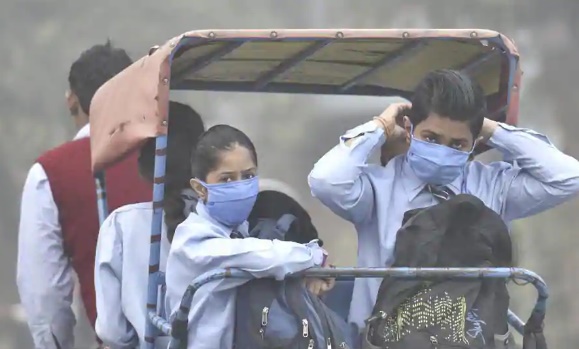The soaring levels of carbon dioxide (CO2) due to human activities are making staple crops such as rice and wheat less nutritious, which could result in nearly 600 millions people in India deficient in zinc and protein by 2050, warned a study.
The findings, led by researchers from the Harvard University, predicted that the alarming levels of CO2 could make an estimated 50 million Indians zinc deficient, 38 million protein deficient, and 502 million women and children becoming vulnerable to diseases associated with iron deficiency.
Globally, 175 million people would become zinc deficient and 122 million protein deficient when atmospheric levels of CO2 are expected to reach around 550 ppm by 2050.
The research, published in the journal Nature Climate Change, showed that more than one billion women and children under five could lose a large amount of their dietary iron intake by at least 4 per cent, putting them at a risk of anaemia and other diseases.
“Our research makes it clear that decisions we are making every day — how we heat our homes, what we eat, how we move around, what we choose to purchase — are making our food less nutritious and imperilling the health of other populations and future generations,” said lead author Sam Myers, research scientist at Harvard’s T.H. Chan School of Public Health.
Presently, more than two billion people worldwide are estimated to be deficient in one or more nutrients.
In general, humans tend to get a majority of key nutrients from plants — 63 per cent of dietary protein comes from vegetal sources, as well as 81 per cent of iron and 68 per cent of zinc.
For the new study, the team developed analysis of the global health burden of CO2-related nutrient shifts across 225 different foods in 151 countries.
It has been shown that higher atmospheric levels of CO2 result in concentrations of protein, iron, and zinc being 3-17 per cent lower when crops are grown in environments where CO2 concentrations are 550 parts per million (ppm) compared with crops grown under current atmospheric conditions, in which CO2 levels are just above 400 ppm. IANS






